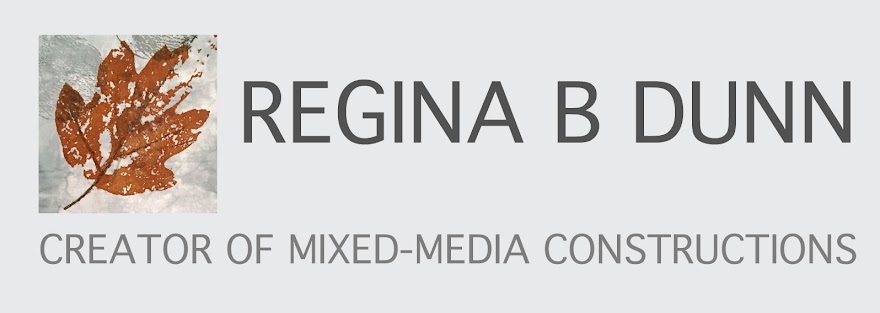Do you have a favorite image transfer method? There are so many ways to do it.You can take a photo and transfer it from paper to fabric directly using various media. You can get a digital image of it and use transfer papers. You can make a stencil and paint it on. You can thread sketch or thread paint it on to the fabric. I've tried all of these and they all work. But what has turned out to be my favorite transfer method is using a thermofax. (I'll explain the thermofax at the end.)
Lately, the images I want to transfer are embroideries. On several of my trips overseas, I've visited tailor shops. I just walk in to see what they are doing. They are always busy places and in Asia they work with amazing fabrics and embroideries. At one in Vietnam, I saw a heap of scraps of them scattered on the floor and asked if I could buy them. They sold me a bag of the ones I chose and charged me based on the weight. At one in Bhutan I asked if I could buy them and they refused to take payment. They put a bunch of them in a bag and gave them to me.
At first, I just kept them and admired them, not wanting to use them.
 |
| some of the embroidery fragments from Vietnam |
I decided that transferring the image would be a good way to use them without using them up so I tried to make a thermofax image of one. To do that, I took a photograph of it and then used the App ArtStudio to turn it into a completely black and white image. It took several steps to simplify the photo and get the image I wanted. Then I fed the black and white copy through the thermofax machine on top of the screen film. It burns holes in the film wherever there is black on the copy. I taped the edges of the screen with Gorilla Tape to stabilize it and then it was ready to use with paint or dye to make prints just like you would use a silk screen.
 |
| original embroidery fragment |
 |
| thermofax screen of the embroidery |
Before printing on the artwork, it is important to practice printing it to get the correct color and value. To do that, I mixed
Prochem transparent fabric paint with their colorless extender in various proportions. The extender makes the paint more transparent. And then I printed it on a spare piece of the same fabric I was using in the artwork.
TIP: always dye extra fabric (or have extra pieces of your commercial fabric available) to test print on so you don't spoil your artwork.
To show you how the extender affects the paint, here is one of the experiments I did. In this experiment, I first stenciled red fabric paint onto pink fabric (#1). Then I mixed the red paint with some extender and stenciled again (#2). And added more extender to the paint and so on. I recorded how much paint and how much extender gave each result. Numbers 8 and 9 were so faint that I circled them so that, in the future, I would realize they were there.
(I sew all my experiments onto cardstock, record info on the cardstock, and store them in a 3-ring binder. Not beautiful, but informative and handy for reference.)
Then, I was ready to print on my artwork. I made one print in one dilution and added extender to the paint as I added prints across to the right side so that the image would seem to be disappearing. After I finished, I fused the artwork to felt and then added handstitch. I changed the color of the thread on the embroidery images to get lighter in value as it went to the right and also had the stitches get more sparse (also to add to the effect of it disappearing). The artwork is called Clarity and is about how things become more clear and fade away and become clear again during our lives.
 |
| Clarity detail |
 |
| Clarity |
So, if you are interested in doing thermofax prints, you have a couple of options. One of them is to buy a thermofax machine. That's not such an easy or economical way to go unless you will use it often. The machines haven't been made since the 1970's and you can only buy used ones. They are in high demand and are usually over $1000. The better option for most people is to find someone online who will make your screen from a photo you send them and then send the screen to you. You can do a google search for custom thermofax screens to find them and compare costs. There are several people on Etsy who offer that service, too.
I hope this information was useful to you. You can visit my
website if you'd like to see more details of the artwork. Thanks for visiting.














